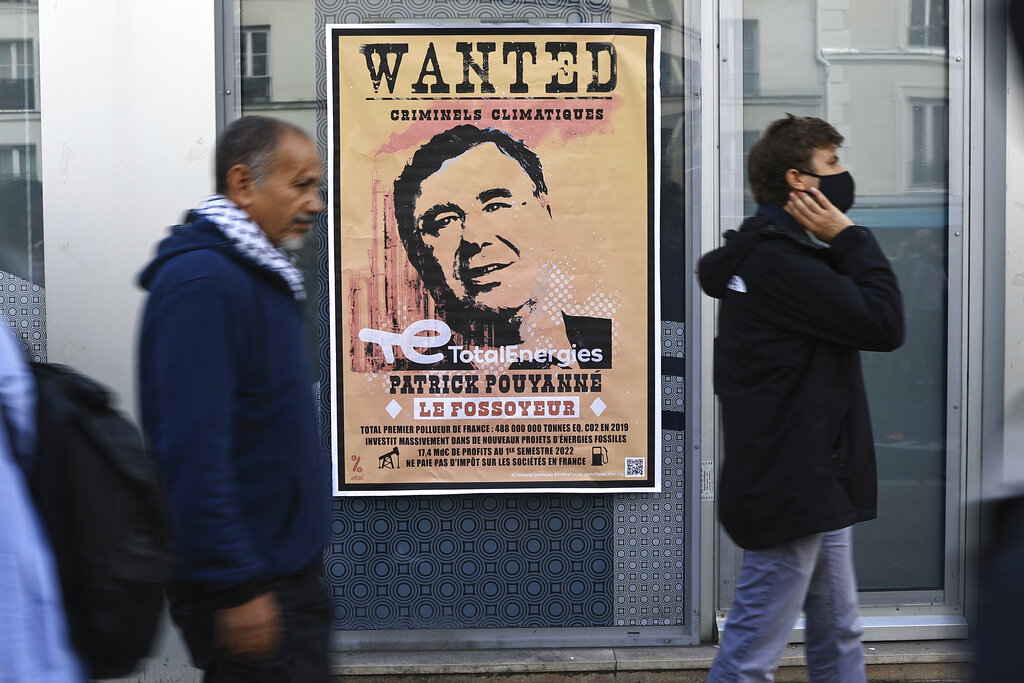Germany saw numerous demonstrations at the weekend by union workers protesting the rise in energy bills and the cost of living.
Protests were particularly prevalent in the east of the country where alliances from both the right and the left of the political spectrum have called for industrial action and protests.
Under the slogan, “This is enough, we won’t freeze for profits!” the German Federation of Trade Unions (DGB) and the Left Party have called for a rally in Leipzig. The large-scale demonstrations, attended by thousands of people, were timed to coincide with the protest walks organized by the Alternative for Germany (AfD) and citizens’ initiatives in the new German states. In Jena and Zwickau, pro-union initiatives have called for similar rallies.
Craftsmen demo calls for tax cuts
Already on Thursday, craftsmen in Dresden and Bautzen had called for a reduction in energy taxes. According to organizers, around 5,000 people gathered in front of the Frauenkirche church in the Saxon capital.
Meanwhile, Thuringia has invited the interior ministers of all Germany’s eastern states to a conference on radicalization tendencies in the energy protests. The meeting, which is part of the “Security Cooperation East,” is to take place in Erfurt in early November, according to MDR radio.
Most recently, AfD, Free Saxony and various citizens’ movements have again organized numerous demonstrations in eastern Germany. In Berlin, the AfD had mobilized over 10,000 people, while in Thuringia and Saxony, according to Junge Freiheit research, more than 50,000 people took to the streets. Also in more rural regions such as Mecklenburg-Western Pomerania, the number of demonstrations has recently been high.





